Wood floor water damage is a frustrating sight for any homeowner. Whether it’s a plumbing problem, a natural disaster or an accidental leak, soaked hardwood flooring needs to be addressed immediately to prevent further damage and ensure a safe environment. In this post, we’ll go over the steps you should take when confronted with water-damaged wood floors so that you can manage the situation efficiently.
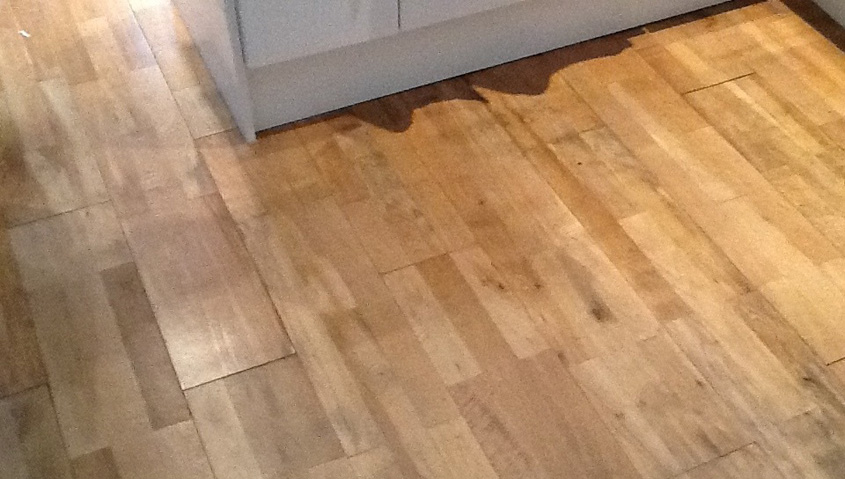
Operating safely and cutting off the water source
Safety First
Before taking any action, it’s important to ensure your safety and the safety of others. Excess water on your wood floor can pose a variety of hazards, including the risk of electrocution. If the water level is high or there is a risk of electricity flowing, turn off the power in the affected areas at the main circuit breaker before proceeding. If you are unsure about safety, it is best to contact a professional to assess the situation.
Finding the Source
To solve the problem properly, it’s important to determine the cause of the water damage. If the water is coming from a burst pipe or leaking fixture, you’ll need to shut off the water supply as soon as possible to prevent further water from entering. Additionally, if the soaked wood flooring was caused by external factors such as heavy rainfall or a natural disaster, you must ensure your safety first and then focus on damage control.
Removing Standing Water
Once the necessary safety precautions have been taken and a water source has been found, it’s time to remove the standing water from your floor. This is because soaked carpets and furniture will continue to spread moisture into the hardwood floors. In addition, damp furniture creates mildew, and mold growth can get into the pores and seams of the floor. Remove all wet items from the room and put them in a place where they can dry effectively and don’t damage the wood floors.
Remove soaking water from floors
Dry the Area
Towels, mops and clean rags will absorb small puddles and spills immediately. Use a shop vacuum to suck larger sources of water out of your floor. Don’t stop using the shop vacuum even if you no longer have surface water on the hardwood floors. There will still be water lurking in the pores and joints of the wood planks. Keep running the shop vacuum over the floor until no more water is visible in the vacuum tank.
Cleaning the Wood Surface
After the water is sucked up, there is still debris and dirt in the pores of the hardwood flooring, where water and bacteria can accumulate and further damage the wood material. Use a sanitary cleaner that doesn’t foam and a brush that won’t scratch the surface of the hardwood floor. After you’ve removed dirt and debris, use a wet vacuum to absorb the remaining water and remove any residue from the sanitary cleaner with a wood floor cleaner. Then rinse the wood surface and dry it again.
Drying the Entire Floor
Even if the hardwood floor looks dry, water may have soaked into the floorboards because you can’t remove it with a wet vacuum. Use the highest gear on your dehumidifier to dry the floor. Place it in the center of the room and let it sit for at least 24 hours. Next, place fans around the room so that air flows over the entire surface. Set the fan at the highest speed. If there are accessible floors under the water-damaged hardwood floors, place the fan on a lower floor and blow the air upward toward the ceiling to dry the subfloors and water-damaged floors from below. You can also open windows to bring in more moving air.
Check for Mold
Mold is harmful to the health of people in residential and commercial buildings. Residents, employees and customers can have allergic reactions and respiratory problems if they come in contact with mold or breathe in the spores. Check your flooring for mold if it looks visibly dry. If you see signs of mold in the pores of the wood, the floor needs to be scrubbed with a solution of baking soda and water. Then absorb the moisture and continue the drying process.
Moisture Test
You can use a moisture meter to check if there is still excess moisture in the wooden floors. Don’t be surprised if the meter still shows signs of excess wet mode after a day or two. Wood floors can take several weeks to completely dry. In addition, the humidity in the room and the amount of water on the floor can prolong this process. Therefore, you should run fans/air movers and dehumidifiers until the moisture test shows that there is no more water in the wood.
Replacing the Laminate
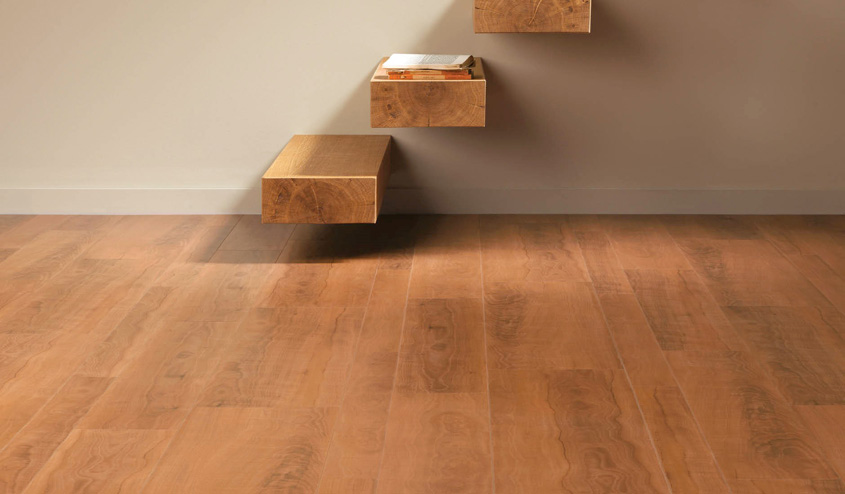
Laminate wood flooring looks similar to solid hardwood or engineered hardwood, but they aren’t the same material. Much of the laminate flooring is made from wood pulp, similar to particleboard or MDF (medium-density fiberboard). This material is very susceptible to water damage and swells when soaked, destroying the integrity of the material. Most water-damaged laminate floors need to be replaced.
Dealing with soaked hardwood floors can be a stressful experience, but if you follow the right steps, you can limit the damage and effectively restore your living space. Remember to prioritize safety, identify the source of the water, remove standing water, thoroughly dry the area, inspect the damage, and initiate repairs and preventative measures. In more complex situations, don’t hesitate to seek professional help!







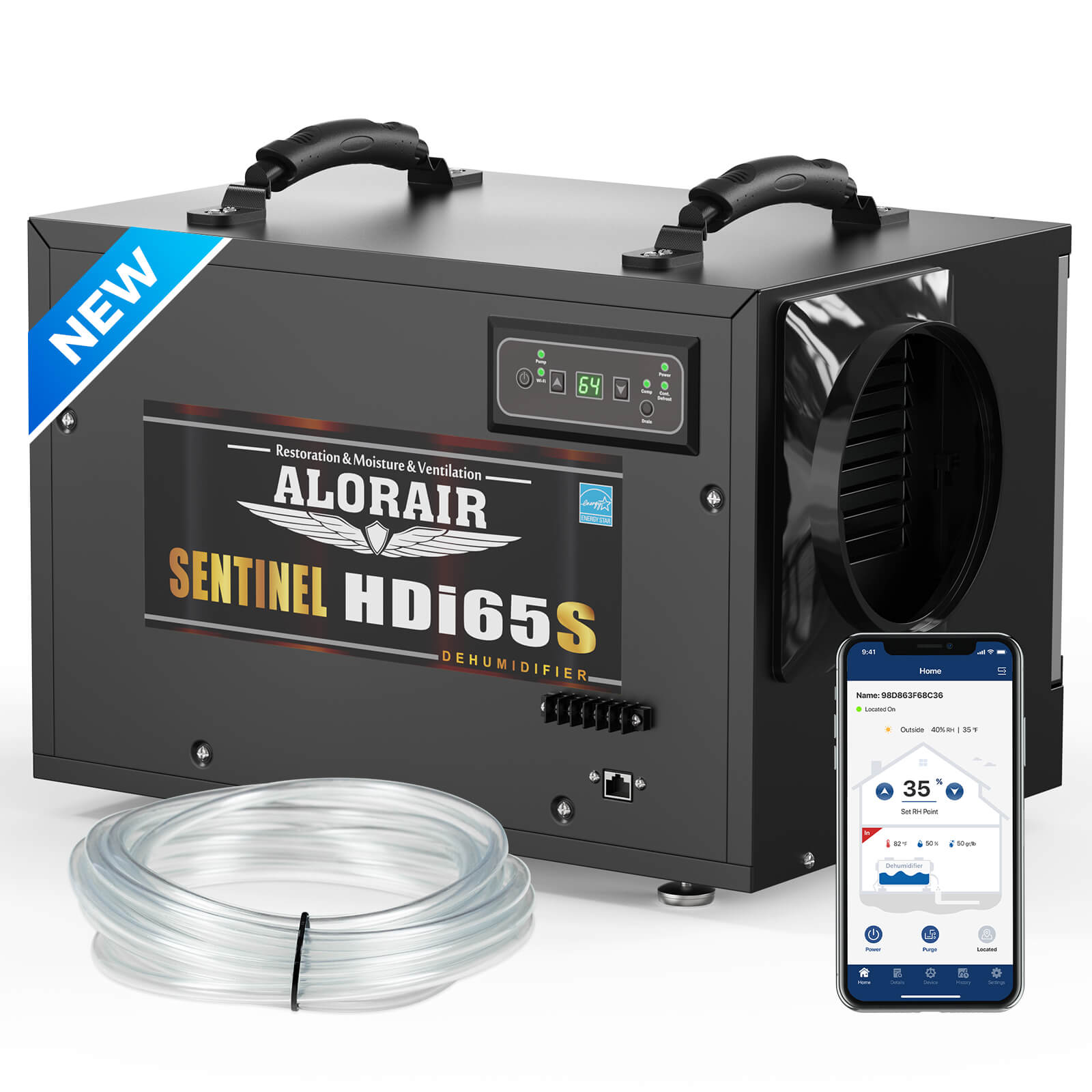
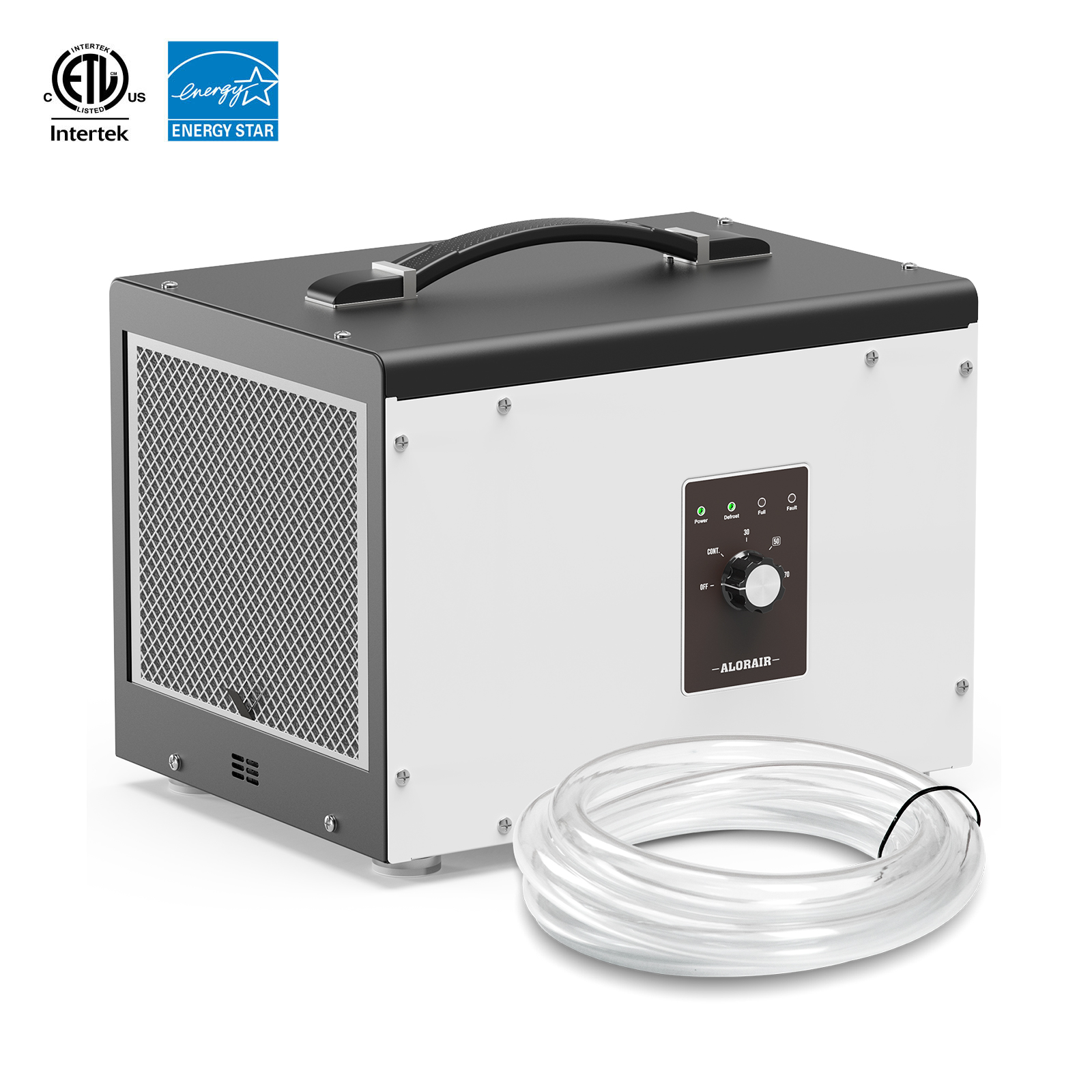
.jpg)
.jpg)

.jpg)

.HDi90.png)
.HD90.png)



.jpg)
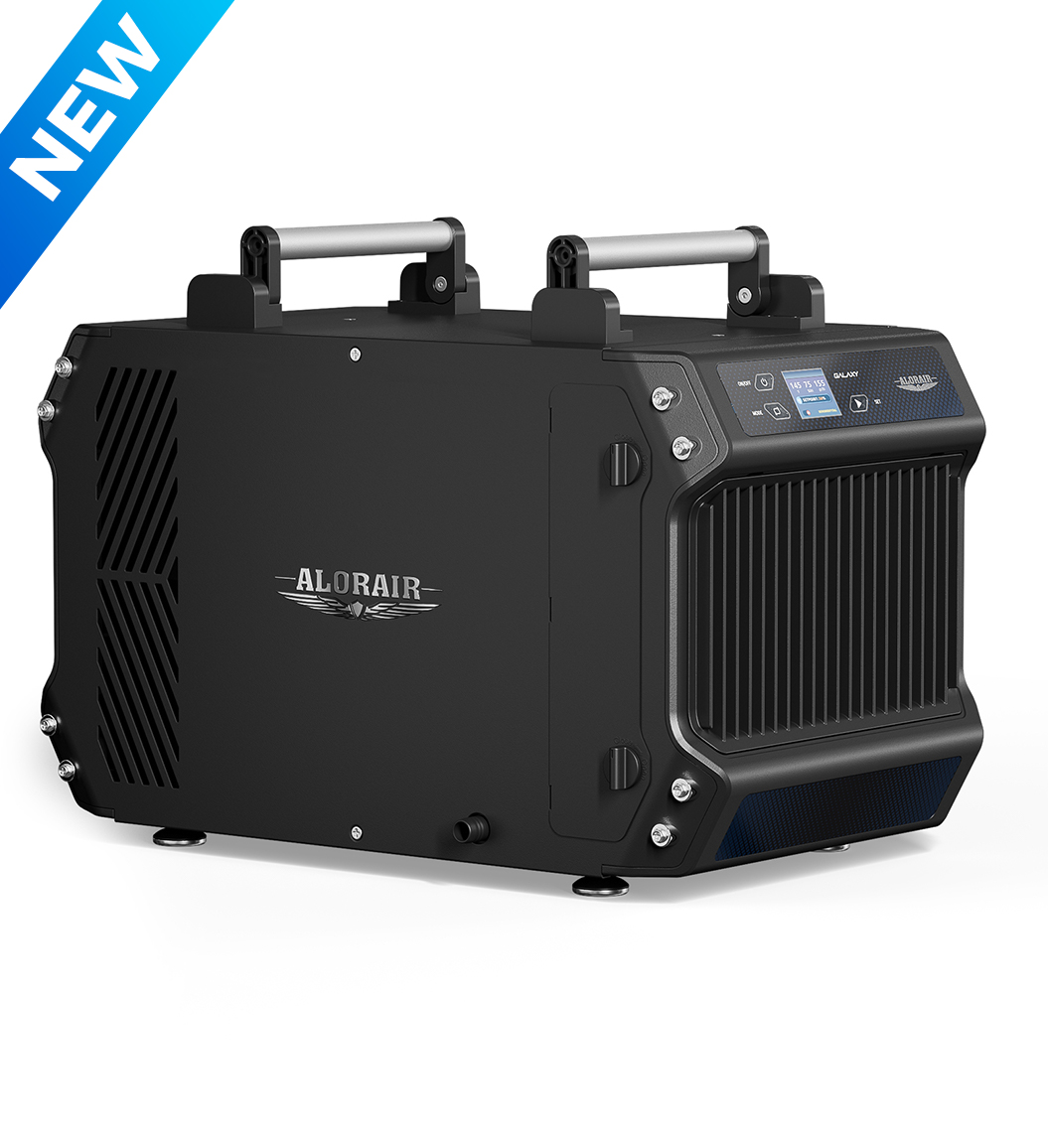
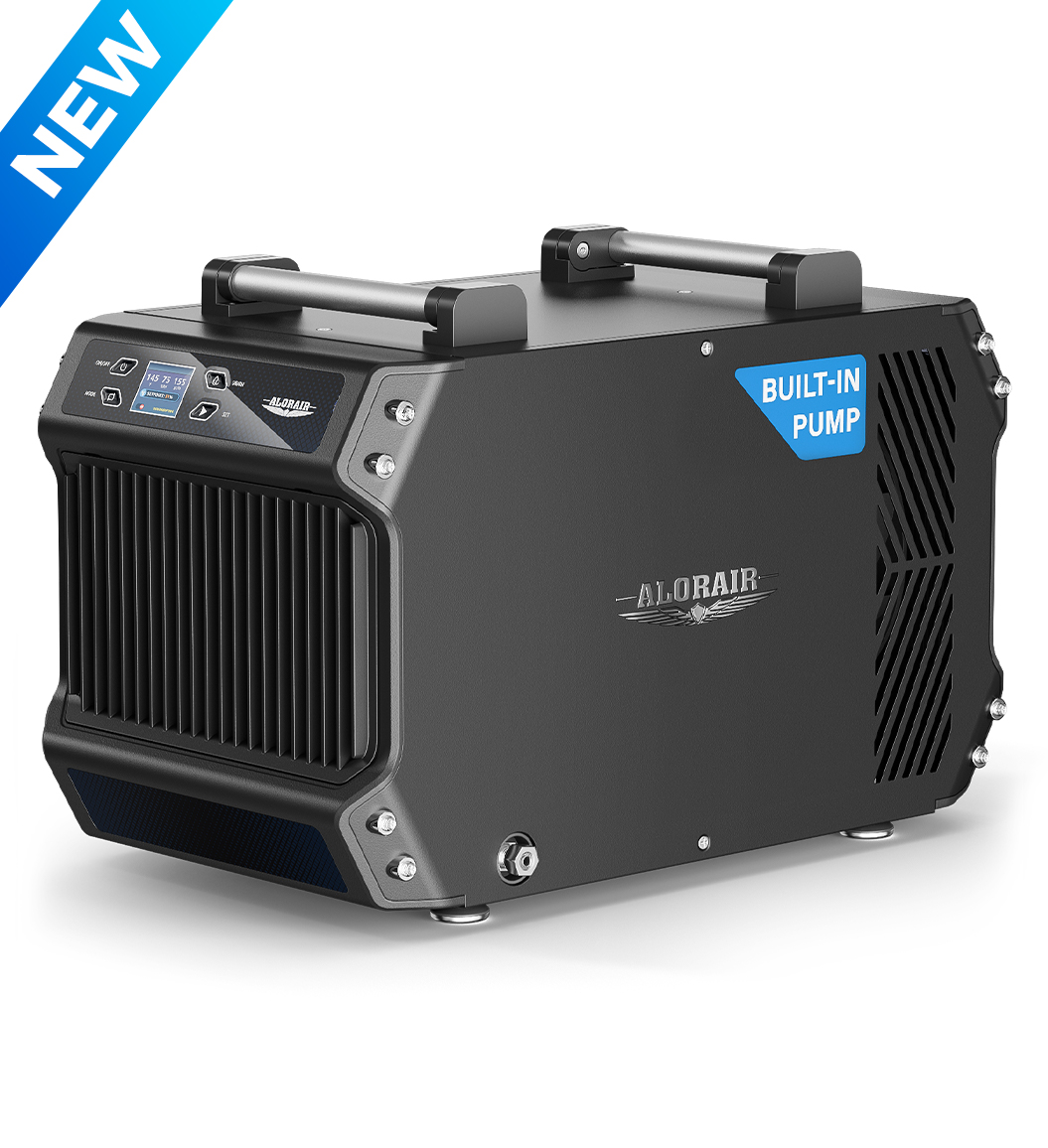




.jpg)
.jpg)
.jpg)
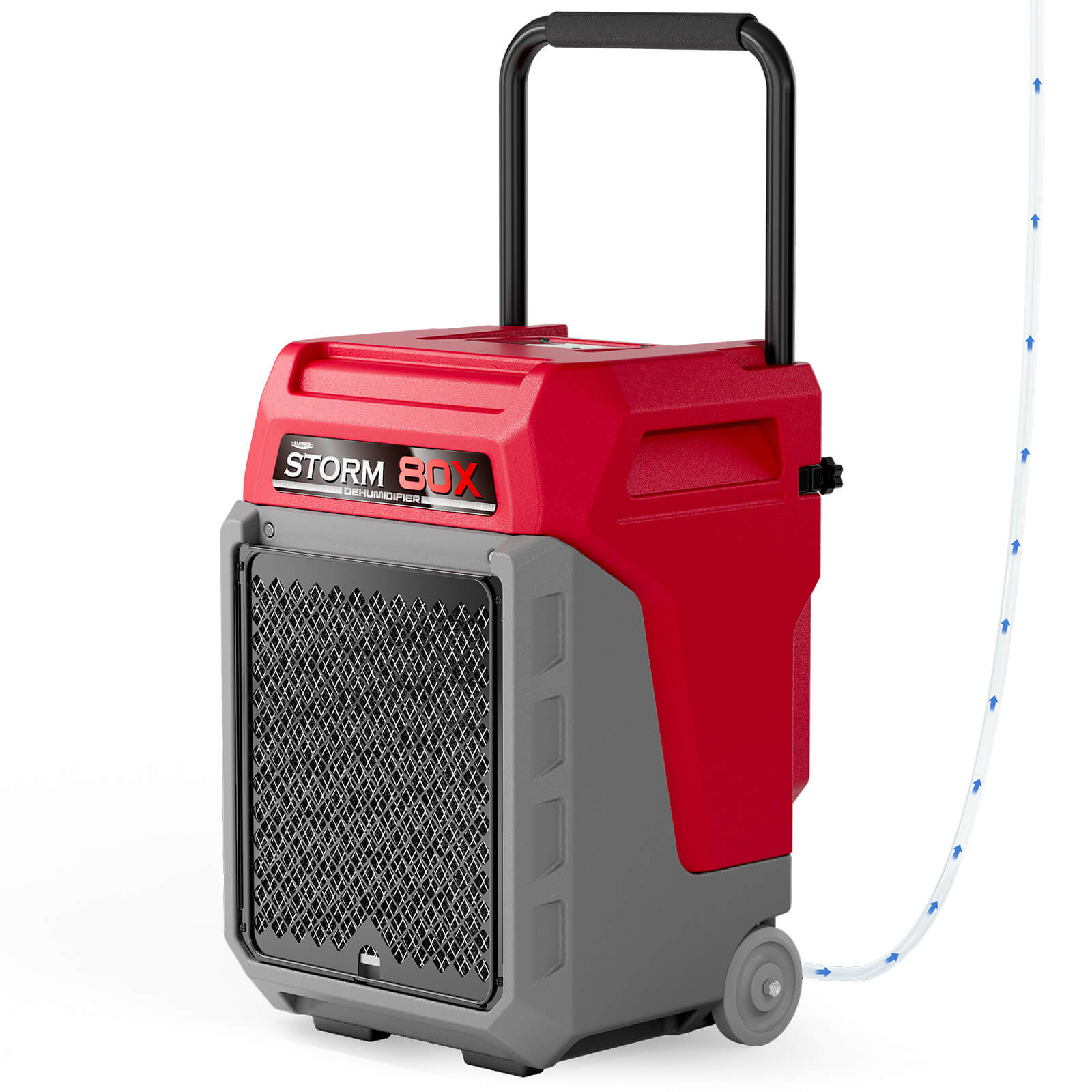


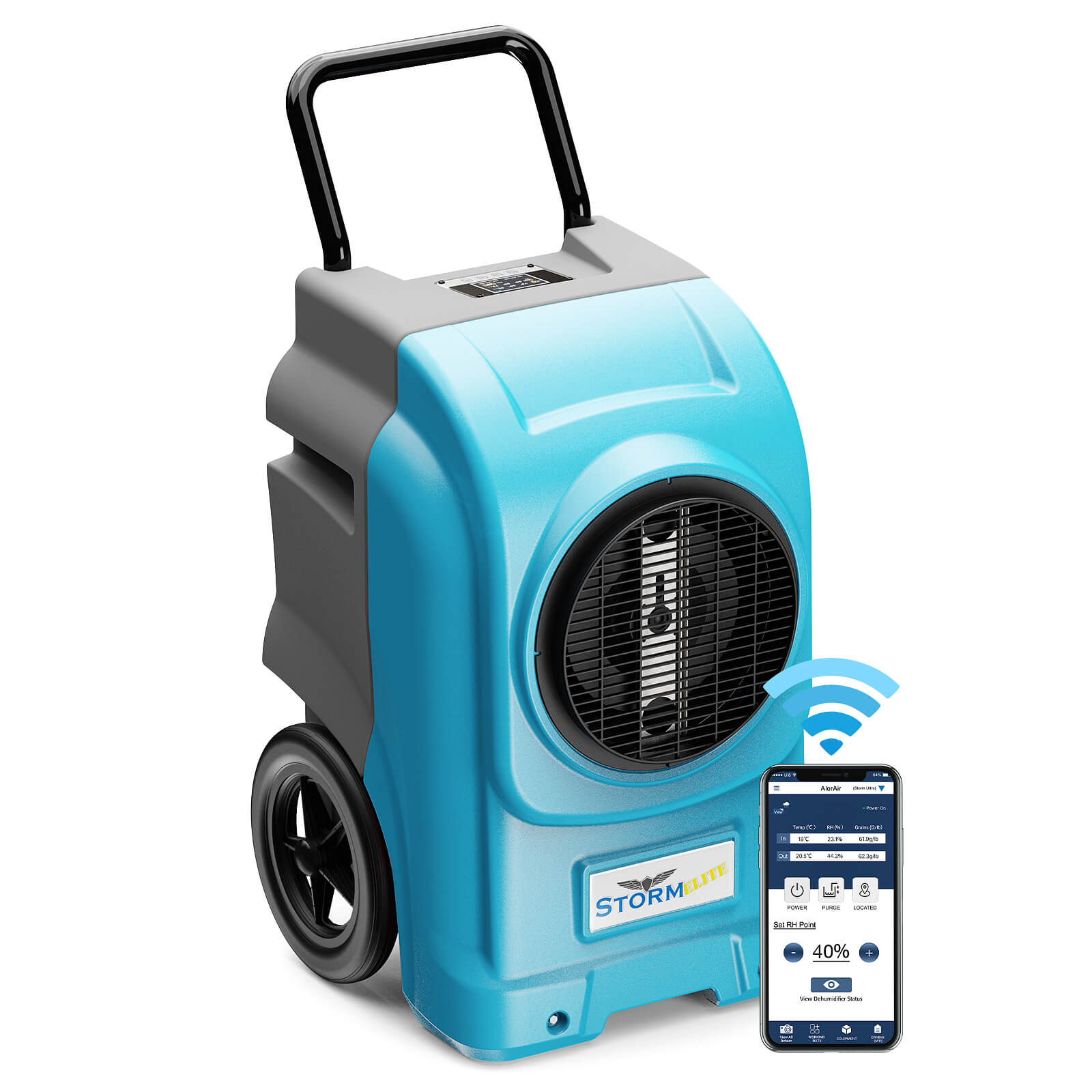

.jpg)
.jpg)

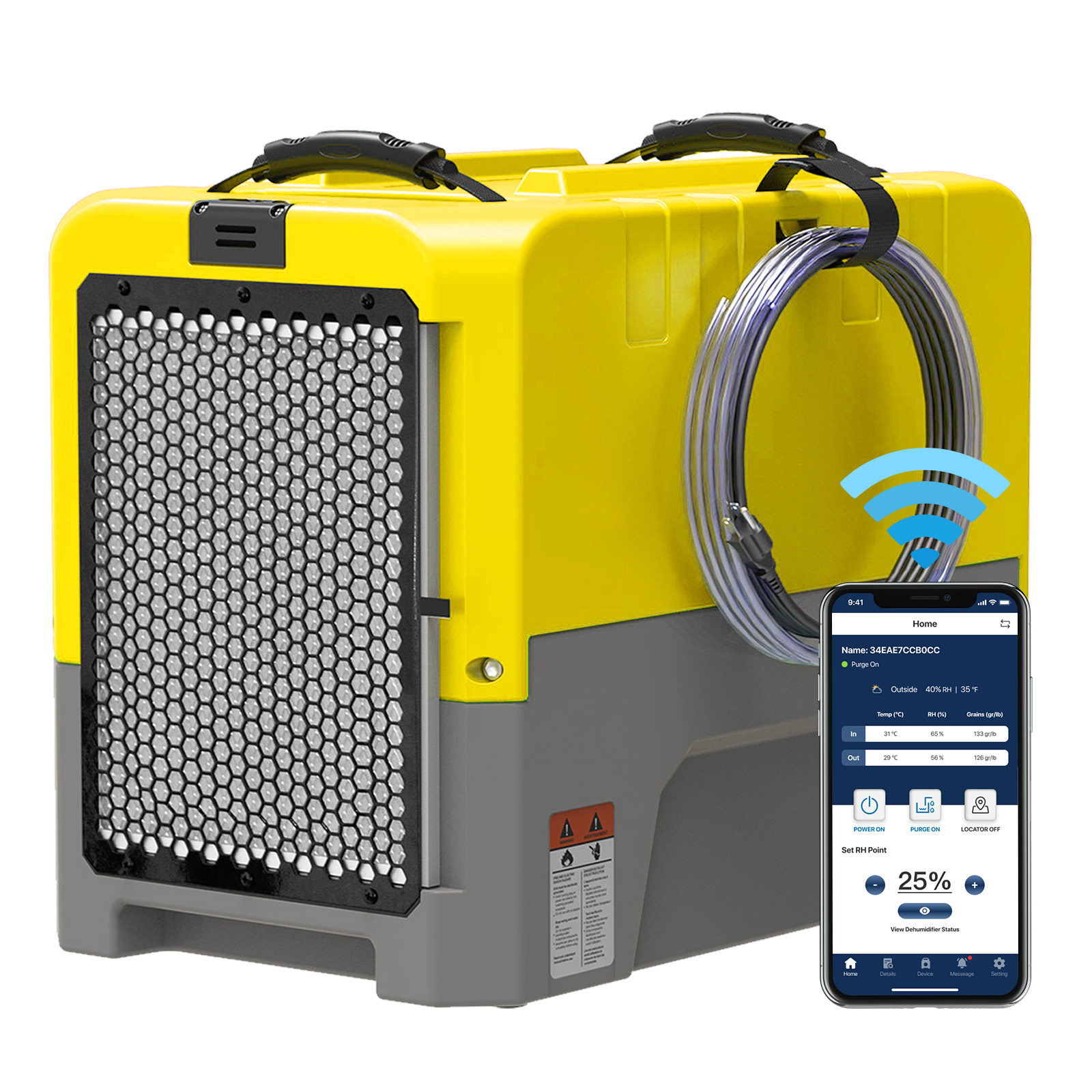








.jpg)
.jpg)








.jpg)
.jpg)










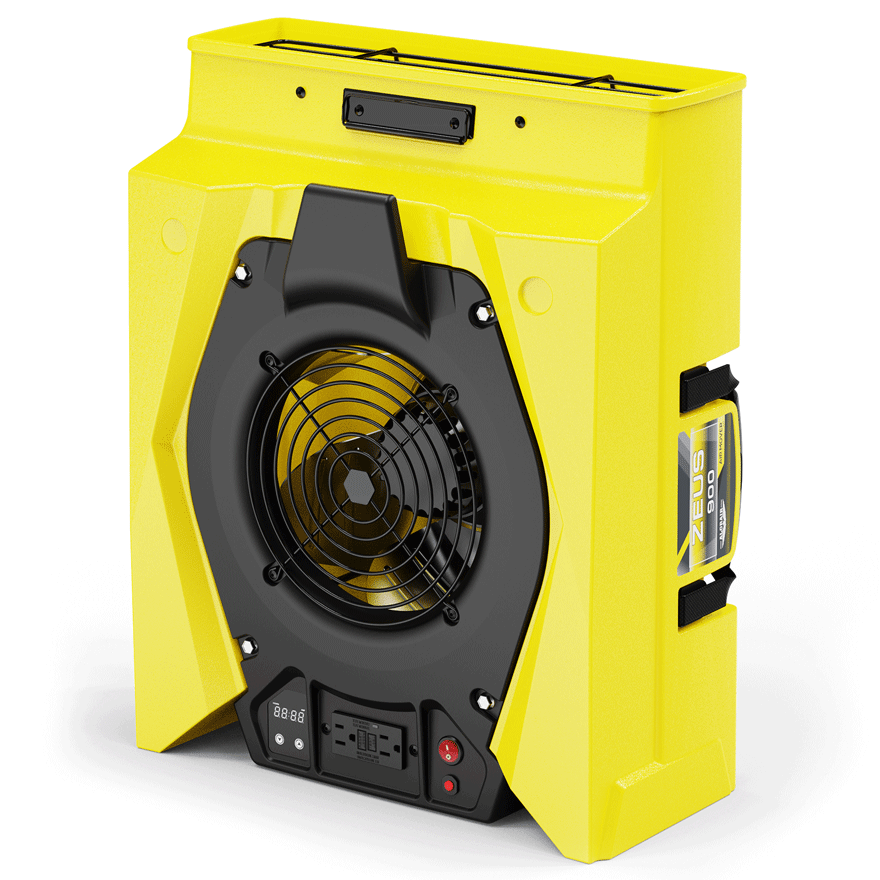
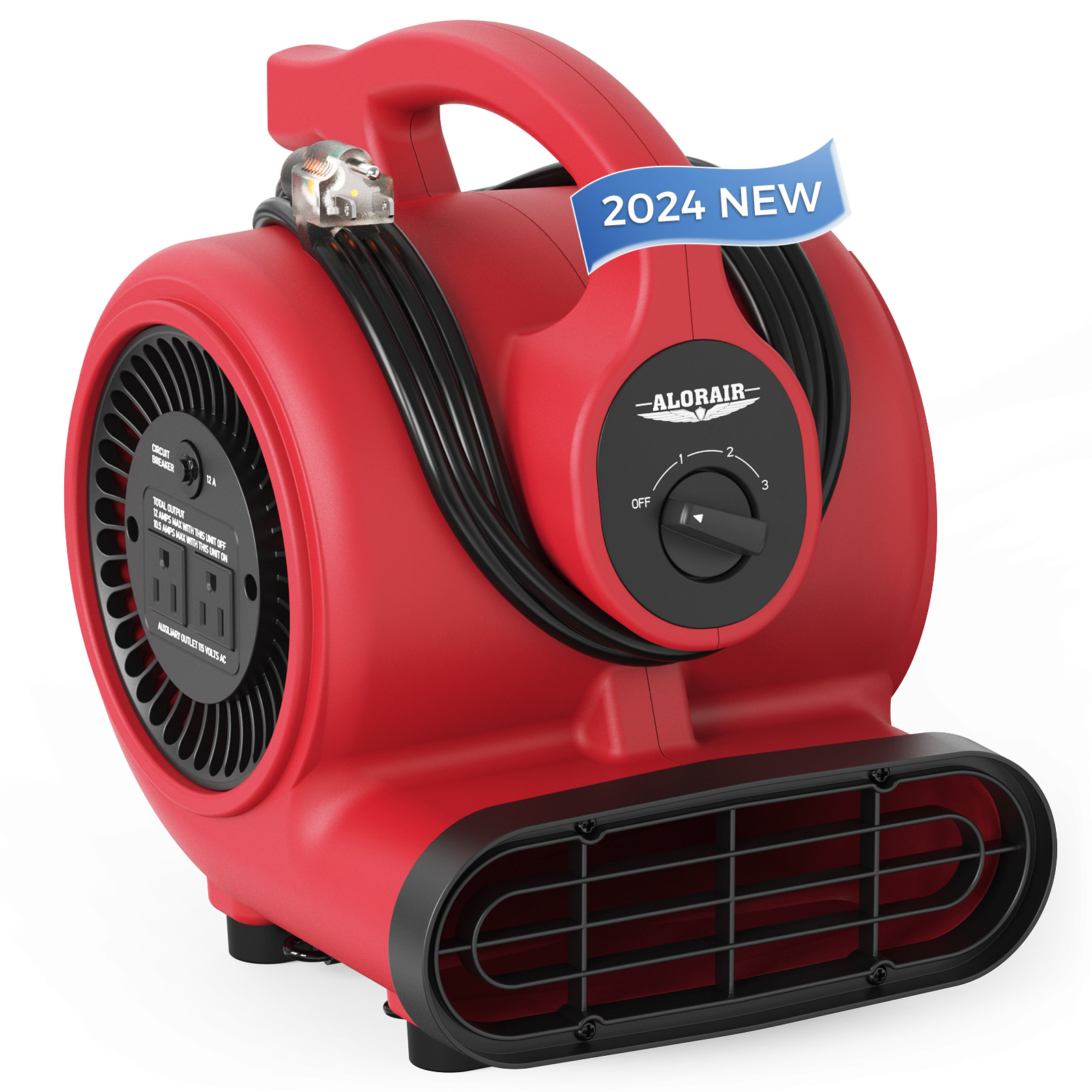
.jpg)
.jpg)
.jpg)
.jpg)
.jpg)
.jpg)
.jpg)
.jpg)
.jpg)
.jpg)
.jpg)
.jpg)
.jpg)
.jpg)





.jpg)
.jpg)
















-.jpg)
.jpg)

.jpg)
.jpg)



























 Exclusive offers
promotions
Exclusive offers
promotions

